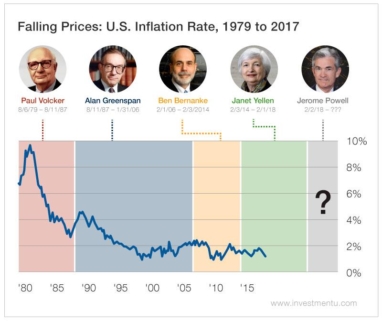Basic Rules for Killer Listing Descriptions
As a real estate agent, you’re always looking to position your listings for the greatest chance of success. While there’s no silver bullet, one-size-fits-all solution to selling a property, it’s a fact that most property sales start with online searches. It follows, then, that creating your best chance to sell starts with having a solid plan for the listing basics. Here are a few of the basic rules for writing killer listing descriptions.
Basic Rule #1
STOP writing in ALL CAPS. You might think it draws attention and it does – the WRONG KIND. It makes your audience feel like they’re being yelled at and doesn’t help the searchability of your listings.
Why this matters: Apart from being universally against web-norms, all caps are generally harder to read because we are less accustomed to reading them and there is no differentiation of line height. While it may be true that people slow down their reading speed to accomodate for all caps text, it is also largely true that they tend to skim over the text, thus lowering comprehension. Unless your MLS requires it, avoid having more than one or two phrases in Caps lock.
Basic Rule #2
Make sure your listing descriptions convey the most useful information. There’s no need to put “must see” or “call today for a showing” or worse, “won’t last long!” in your listing descriptions. At best these are unnecessary, at worst, they’re taking the place of useful information. On the flip side, if you have showing requirements (must have 72 hours advance notice, must have proof of funds, etc) that should be added to the description. This isn’t the number one most important thing, but it does help to weed out the lookers and helps to set reasonable expectations for prospective buyers.
Basic Rule #3
Make sure your listing is reflective of the property and it’s uses — especially if there are many other competing listings in the area. Describing sunsets is great, but people are going to be interested in your listing versus it’s neighbor based on the features not the view because it’s essentially the same. Likewise, if a property looks and feels one way (like a residential property), but acts like another (zoned for short term rentals in a high traffic area) it’s important to bridge that gap with the listing description.
Why this matters: Using the same listing description for someone’s dream home and someone’s investment property will lead to you hitting the wrong audience and sitting on the market. People may see a conversion project like a former church or a former train depot and might think it would only be suitable for commercial rental uses, but in fact both of these properties were sold as primary residences! The reverse is also true. A property may look like a residential home, but actually be an ideal property for someone looking to invest in short term rentals.
From optimizing your photos to learning how to write listing descriptions, marketing listing can be a challenge which is why finding the right tools for real estate marketing is crucial. RealtyHive makes it simple with a variety of programs meant to give you the exposure you need to sell. From Time-Limited events that create buyer competition with massive property marketing to marketing-only options, RealtyHive has the tools you need to globally create your best chance to sell.






















